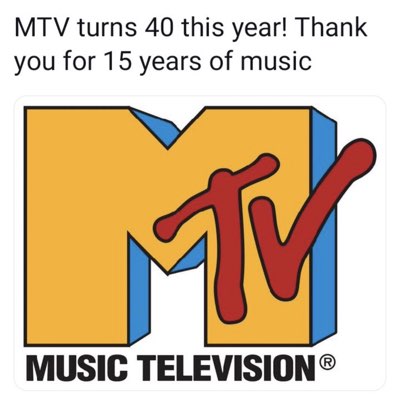I’m confident the original pitch at Warner Communications, MTV’s birth parent, was met with tons of resistance by the old farts in charge. When the proposers got around to explaining how little programming would cost, because music videos were free, then the leadership “got it.”
But first, they had to buy out Michael Nesmith. Yes, the guy from the Monkees. Through his cable special Elephant Parts, something I highly recommend watching, including its successor Television Parts circa 1985; Nesmith demonstrated how combining music with visuals…was pretty cool. I’m thinking they cut a huge check because he copyrighted the term “music television” wisely before winning a Grammy or something for Parts.
If you’ve ever seen a replay of MTV’s first few hours, it’s rather comedic and weird. The channel didn’t quite have the concept figured out on day one. The musical choices were in the Pop/Rock genre even though they played Contemporary Jazz fave Lee Ritenour’s crossover hit,”Is It You.” There’s also numerous snippets from live concerts. The artists who were making music videos as we know them today were often from the UK, Australia and New Zealand. If they were American, they were likely to be more the avant garde acts who embraced other media: Devo and Talking Heads.
Eventually MTV gelled into what worked best for about five years…it was a visual radio station. The inaugural five VeeJays were hired to do interstitials of pointless banter, trivia about the artist you just watched or do an impromptu interview should someone happened to drop by. They Might Be Giants got off the ground through the latter when MTV still did this in the late Eighties.
It went on to be an incredibly lucrative venture. MTV barely had any real overhead for production since the record labels were all killing each other to get their roster of acts on. For this to happen, the labels had to spend actual money on producing attention-getting acts and/or mini-movies. MTV kicked back and became the taste maker. The labels were perfectly OK with the arrangement; record sales jumped whenever an artist’s video was in a decent rotation. You would think this was a good outcome. It was not. MTV pissed off the AOR crowd, FM radio’s moniker for Dinosaur/Arena Rock whose spokesmen were the homophobes who hated Disco, in my neck of the woods, the Steve Dahl Stormtroopers. They despised MTV, always through their whiney lament, “The song doesn’t matter if the video is good.” An insult frequently targeted at Duran Duran, MTV’s first major success to be involved heavily with. The truth was, AOR’s preferred acts often had faces for radio, thought just standing around lip-syncing on a stage was good enough to be on MTV and had a sound younger people just weren’t interested in. Remember, the Established Acts of the Seventies also dismissed Punk Rock as a short-lived fad with little exception: Neil Young, David Bowie and Roger Waters saw the writing on the wall before 1980. It probably pissed off some AOR DJs who had to play stuff due to MTV. I want to emphasize some. After I got to be an intern at a real FM AOR station, the reality was more the opposite. Many DJs, Music Directors and Program Directors had wider and better ranges of taste, they just had to pay bills like the rest of us. So pretending to be excited about the new .38 Special or Uriah Help was the job.
Within weeks, MTV became the most in-demand channel for cable providers to add. Possibly more than HBO or Showtime, and they showed female nudity!
What could go wrong?
Thus ends part one. Next up, MTV enters the Maggi Family Household in 1982.

